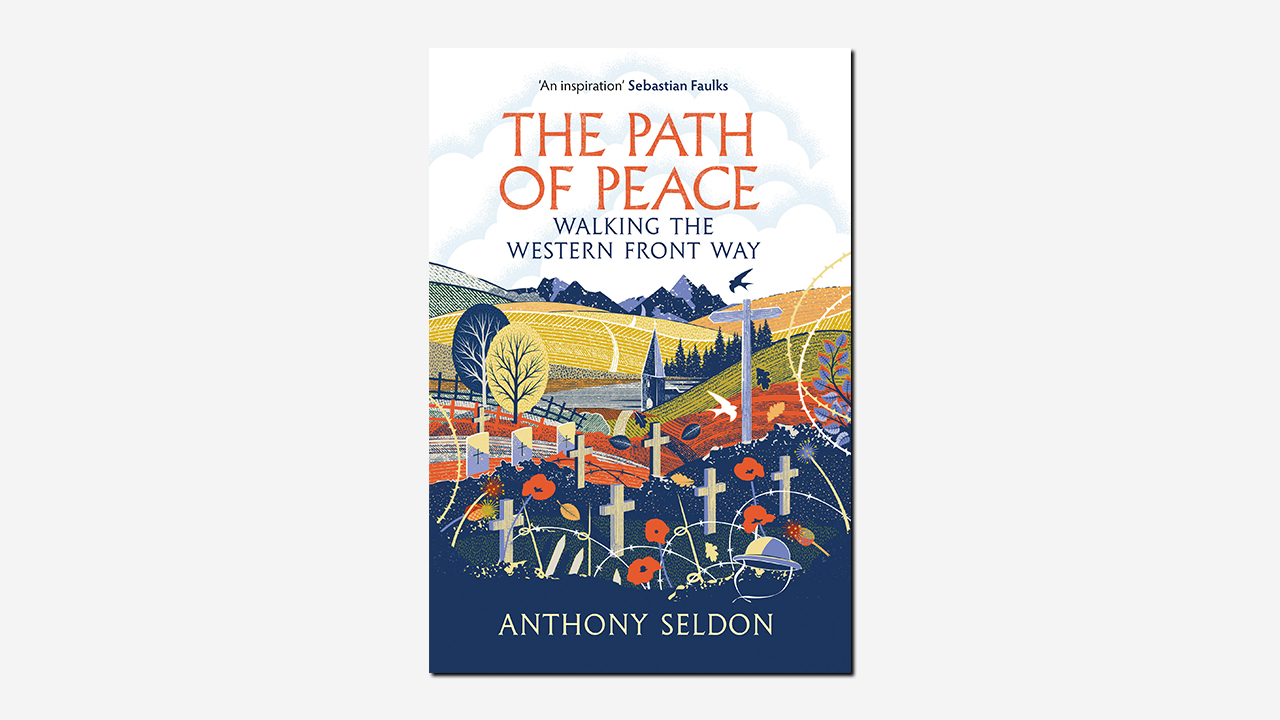The Bahá’í teachings present a remarkable framework for achieving global harmony and tranquility, articulating a compelling call for disarmament which resonates with the core tenets of the faith. “The Path to Peace Part 5: The Time to Disarm Is Now,” elucidates the critical necessity for humanity to relinquish arms and embrace a culture of peace. This discourse endeavors to elaborate on the multifaceted aspects that the readers can expect when delving into this subject matter.
To commence, it is paramount to comprehend the philosophical underpinnings of disarmament as posited by Bahá’í teachings. At the heart of this doctrine lies the intrinsic belief in the oneness of humanity. This foundational principle asserts that the welfare of one is irrevocably intertwined with the welfare of all. In a global context, the arms race perpetuates a cycle of fear, mistrust, and enmity among nations. The Bahá’í Faith unequivocally advocates for international cooperation to dismantle these barriers, as the journey towards disarmament is symbolically a journey towards unified human existence.
Subsequently, readers will encounter historical perspectives that elucidate the evolution of disarmament initiatives. The narrative will traverse through pivotal moments in history, highlighting treaties and agreements that have sought to curb the proliferation of weapons. An examination of key treaties—even those that have faltered—serves to remind one of the persistent hope underpinning disarmament efforts. Furthermore, illuminating the lessons learned from these historical endeavors can provide potent insights into the complexities faced when nations attempt to navigate the treacherous waters of disarmament.
In examining the ethical implications of armament, significant emphasis is placed on the moral responsibilities of individuals and governments alike. The Bahá’í teachings emphasize that the proliferation of weapons not only poses a direct threat to human life but also contravenes the ethical imperatives bestowed upon humanity. Engaging with ethical theories and moral philosophy within the context of global disarmament encourages readers to critically reflect upon the righteousness of their actions in relation to collective human security.
Moreover, an investigation into the psychological ramifications of militarization will ensue. The readiness to engage in armed conflict begets a culture steeped in fear and hostility. The human psyche, shaped by the perpetual specter of violence, becomes desensitized to the sanctity of life. In sharp contrast, the Bahá’í teachings posit that cultivating a mindset committed to peace fosters resilience and understanding. The dialogue will explore methodologies for fostering such a mindset, encouraging readers to reflect upon personal and communal responsibilities in promoting a culture of peace.
As the discourse unfolds, it will also delve into the modern context of disarmament initiatives, situating them within contemporary geopolitical frameworks. In an era where technological advancements facilitate the development of increasingly sophisticated weaponry, the need for robust and inclusive discussions on disarmament becomes even more pressing. Analyzing current treaties, as well as recent disarmament conversations brings to light the persistent challenges faced by global leaders—challenges that demand innovative solutions from both governmental and non-governmental stakeholders.
Readers will also benefit from engaging with the voices of various advocates for peace, many of whom draw inspiration from Bahá’í principles. Individual narratives and testimonies serve to humanize the abstract concepts of disarmament. The exploration of grassroots movements and organizations that champion peace offers an inspirational aspect, demonstrating the powerful impact individuals can have on national and international dialogues on disarmament.
In addition, the importance of education in propelling disarmament initiatives forwards cannot be overstated. This discourse acknowledges the essential role that informed citizens play in shaping public opinion and policy on disarmament. By providing educational resources and tools for advocacy, the Bahá’í teachings emphasize empowering individuals to engage meaningfully in peace-related initiatives. Engaging in dialogue, participating in community outreach, and advocating for education on disarmament signify crucial steps on the path to global peace.
Readers can also expect projections of future pathways leading towards disarmament. The discourse will proffer visionary ideas, emphasizing that the dream of a peaceful world is not merely aspirational but attainable through concerted effort. Envisioning alternative strategies to approaching disarmament—be it through diplomacy, community-based solutions, or innovative technologies—will illuminate a path that all can participate in forging. The dynamism of this dialogue encourages readers to see themselves as integral to the solution, each person holding the potential to contribute to the collective endeavor for peace.
In conclusion, “The Path to Peace Part 5: The Time to Disarm Is Now” serves as an urgent summons for collective introspection and action. Through historical retrospect, ethical considerations, psychological impacts, contemporary contexts, personal narratives, and future projections, this discourse culminates in a holistic understanding of disarmament within the scope of Bahá’í teachings. The essence of this pursuit is not merely to disarm nations but to disarm hearts and minds, fostering a landscape where true peace can flourish in the absence of weapons. The time to act is now, and through the guidance of Bahá’í principles, a more peaceful world is not just a dream but a deliberate choice that we can actualize together.
